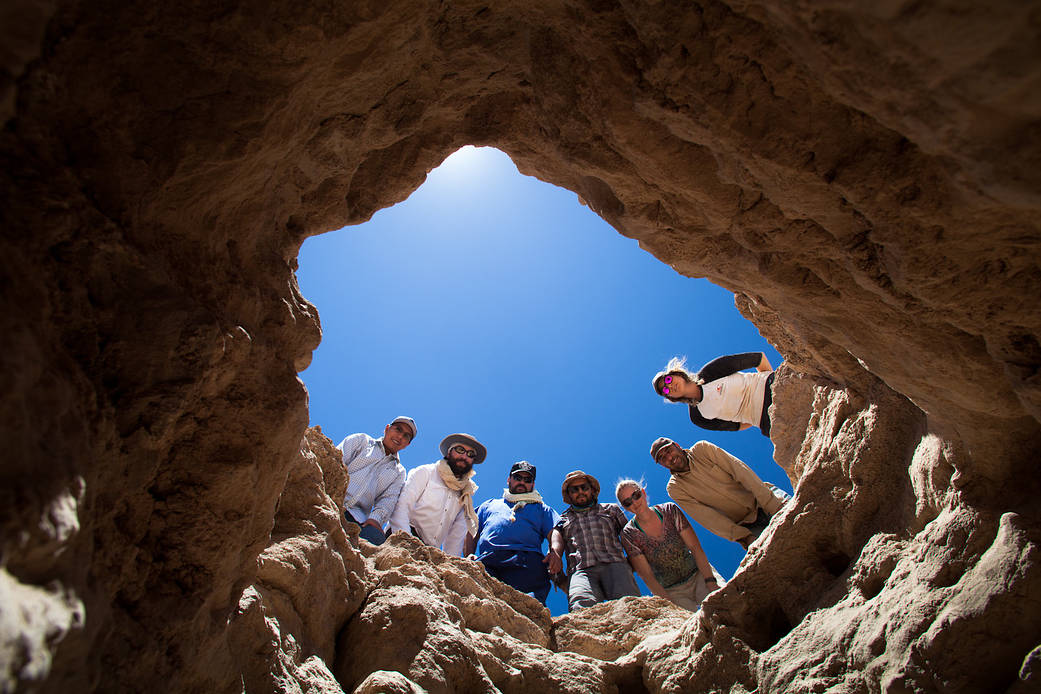
In a harsh environment with very little water and intense ultraviolet radiation, most life in the extreme Atacama Desert in Chile exists as microbial colonies underground or inside rocks. Researchers at NASA hypothesize that the same may be true if life exists on Mars. But until humans set foot on the Red Planet, obtaining samples from below the surface of Mars will require the ability to identify a location of high probability for current or ancient life, place a drill, and control the operation robotically.
The Atacama Rover Astrobiology Drilling Studies (ARADS) project has just completed its first deployment after one month of fieldwork in the hyperarid core of the Atacama Desert. This location provides scientists with a Mars-like laboratory where they can study the limits of life and test drilling and life-detection technologies that might be sent to Mars in the future.
To verify and validate that we can detect life below the surface of Mars, the team needed a “ground truth” – an independent assessment of what lies under the surface – in the ARADS test zones, using the best terrestrial methods and laboratory instruments. ARADS performance will be compared against that ground truth to tell if they see the same phenomena. In this photo, members of the 2016 ARADS field science team look down into a more than seven-foot-deep sampling pit from which they acquired samples at depth, by hand. Image credit: NASA
Read more: NASA Tests Life-Detection Drill in Earth’s Driest Place
More photos of the ARADS team in the Atacama:

























